TG 100572 HydrochlorideCAS# 867331-64-4 |
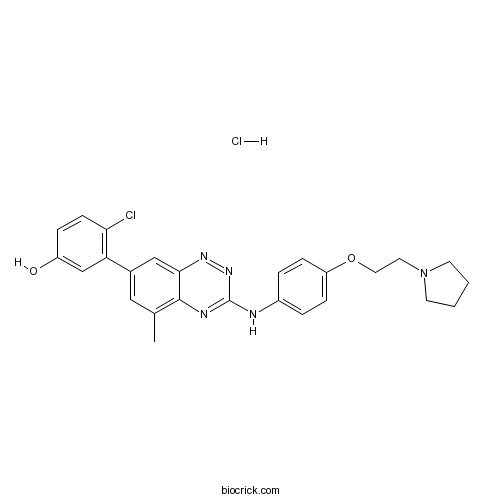
- PP 1
Catalog No.:BCC3630
CAS No.:172889-26-8
- Dasatinib (BMS-354825)
Catalog No.:BCC1281
CAS No.:302962-49-8
- Saracatinib (AZD0530)
Catalog No.:BCC1166
CAS No.:379231-04-6
Quality Control & MSDS
3D structure
Package In Stock
Number of papers citing our products
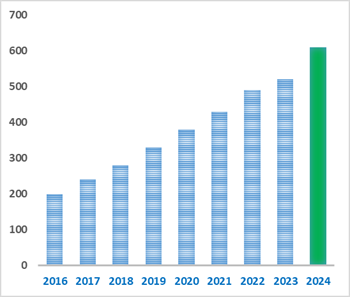
| Cas No. | 867331-64-4 | SDF | Download SDF |
| PubChem ID | 24823567 | Appearance | Powder |
| Formula | C26H27Cl2N5O2 | M.Wt | 512.43 |
| Type of Compound | N/A | Storage | Desiccate at -20°C |
| Solubility | DMSO : ≥ 44 mg/mL (85.87 mM) *"≥" means soluble, but saturation unknown. | ||
| Chemical Name | 4-chloro-3-[5-methyl-3-[4-(2-pyrrolidin-1-ylethoxy)anilino]-1,2,4-benzotriazin-7-yl]phenol;hydrochloride | ||
| SMILES | CC1=C2C(=CC(=C1)C3=C(C=CC(=C3)O)Cl)N=NC(=N2)NC4=CC=C(C=C4)OCCN5CCCC5.Cl | ||
| Standard InChIKey | NVINBIHNVAYEND-UHFFFAOYSA-N | ||
| Standard InChI | InChI=1S/C26H26ClN5O2.ClH/c1-17-14-18(22-16-20(33)6-9-23(22)27)15-24-25(17)29-26(31-30-24)28-19-4-7-21(8-5-19)34-13-12-32-10-2-3-11-32;/h4-9,14-16,33H,2-3,10-13H2,1H3,(H,28,29,31);1H | ||
| General tips | For obtaining a higher solubility , please warm the tube at 37 ℃ and shake it in the ultrasonic bath for a while.Stock solution can be stored below -20℃ for several months. We recommend that you prepare and use the solution on the same day. However, if the test schedule requires, the stock solutions can be prepared in advance, and the stock solution must be sealed and stored below -20℃. In general, the stock solution can be kept for several months. Before use, we recommend that you leave the vial at room temperature for at least an hour before opening it. |
||
| About Packaging | 1. The packaging of the product may be reversed during transportation, cause the high purity compounds to adhere to the neck or cap of the vial.Take the vail out of its packaging and shake gently until the compounds fall to the bottom of the vial. 2. For liquid products, please centrifuge at 500xg to gather the liquid to the bottom of the vial. 3. Try to avoid loss or contamination during the experiment. |
||
| Shipping Condition | Packaging according to customer requirements(5mg, 10mg, 20mg and more). Ship via FedEx, DHL, UPS, EMS or other couriers with RT, or blue ice upon request. | ||
| Description | TG 100572 Hydrochloride is a multi-targeted kinase inhibitor which inhibits receptor tyrosine kinases and Src kinases; has IC50s of 2, 7, 2, 16, 13, 5, 0.5, 6, 0.1, 0.4, 1, 0.2 nM for VEGFR1, VEGFR2, FGFR1, FGFR2, PDGFRβ, Fgr, Fyn, Hck, Lck, Lyn, Src, Yes, respectively.In Vitro:TG 100572 shows sub-nanomolar activity against the Src family as well as RTK such as VEGFR1 and R2, FGFR1 and R2, and PDGFRβ. TG 100572 inhibits vascular endothelial cell proliferation (ED50=610±71 nM) and blocks VEGF-induced phosphorylation of extracellular signal-regulated kinase. TG 100572 induces apoptosis in rapidly proliferating, but not quiescent, endothelial cell cultures[1]. TG 100572 is shown to inhibit hRMVEC cell proliferation, with an IC50 of 610±72 nM. This suggests that TG 100572 has the therapeutic potential to inhibit VEGF function in ocular endothelial cells, a contributing factor to pathological angiogenesis in diseases such as AMD and PDR[2].In Vivo:Systemic delivery of TG 100572 in a murine model of laser-induced choroidal neovascularization (CNV) causes significant suppression of CNV, but with an associated weight loss suggestive of systemic toxicity[1]. A concentration of 23.4 µM (Cmax) of TG 100572 is reached in 30 min (Tmax)=0.5 h) in the choroid and the sclera. However, the levels of TG 100572 in the retina are relatively low. The half-life of TG 100572 in ocular tissues is very short; hence, the compound is administered topically minimum t.i.d. to maintain appropriate drug levels in the eye. The maximum concentration one can achieve in formulations using TG 100572 is 0.7% w/v[2]. References: | |||||

TG 100572 Hydrochloride Dilution Calculator

TG 100572 Hydrochloride Molarity Calculator
| 1 mg | 5 mg | 10 mg | 20 mg | 25 mg | |
| 1 mM | 1.9515 mL | 9.7574 mL | 19.5149 mL | 39.0297 mL | 48.7872 mL |
| 5 mM | 0.3903 mL | 1.9515 mL | 3.903 mL | 7.8059 mL | 9.7574 mL |
| 10 mM | 0.1951 mL | 0.9757 mL | 1.9515 mL | 3.903 mL | 4.8787 mL |
| 50 mM | 0.039 mL | 0.1951 mL | 0.3903 mL | 0.7806 mL | 0.9757 mL |
| 100 mM | 0.0195 mL | 0.0976 mL | 0.1951 mL | 0.3903 mL | 0.4879 mL |
| * Note: If you are in the process of experiment, it's necessary to make the dilution ratios of the samples. The dilution data above is only for reference. Normally, it's can get a better solubility within lower of Concentrations. | |||||

Calcutta University

University of Minnesota

University of Maryland School of Medicine
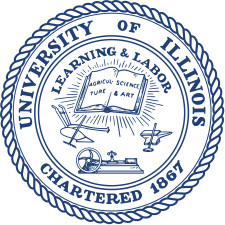
University of Illinois at Chicago
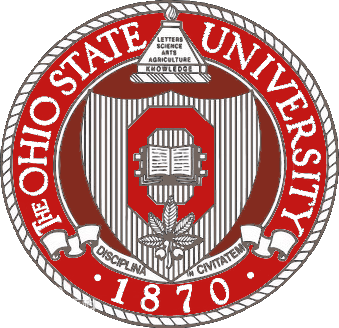
The Ohio State University
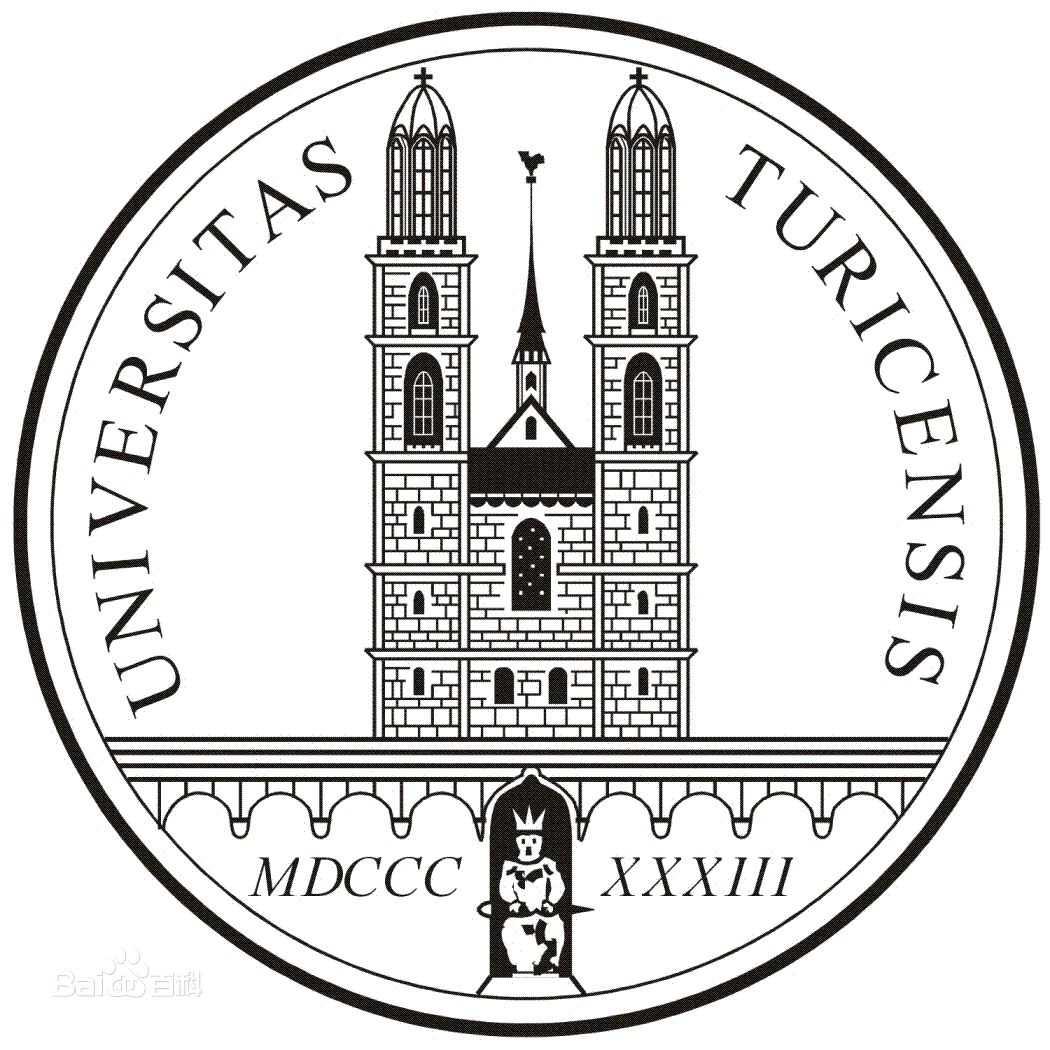
University of Zurich

Harvard University

Colorado State University
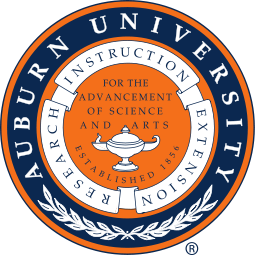
Auburn University

Yale University

Worcester Polytechnic Institute
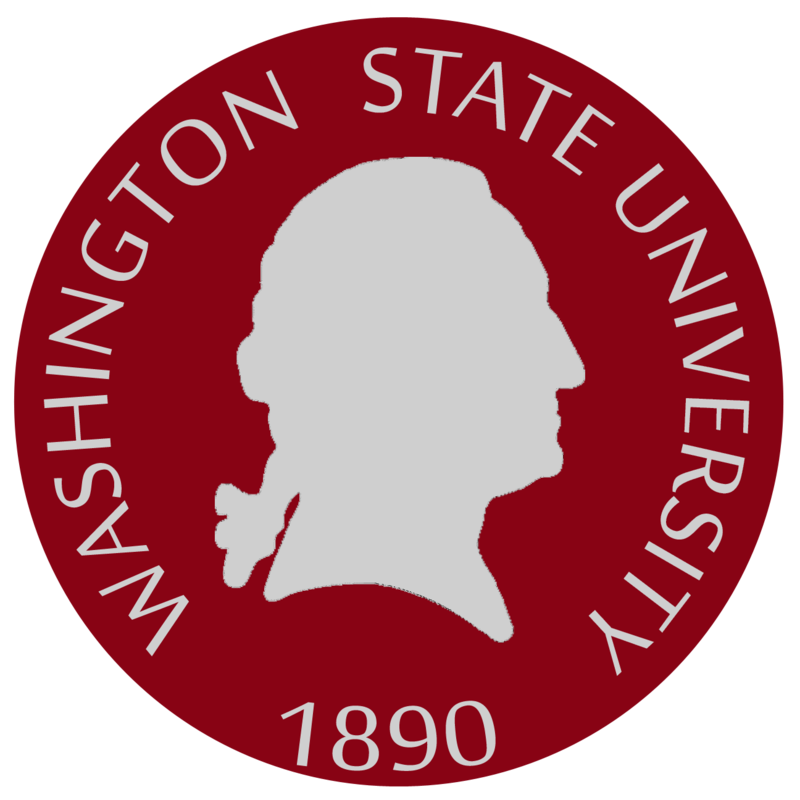
Washington State University

Stanford University

University of Leipzig
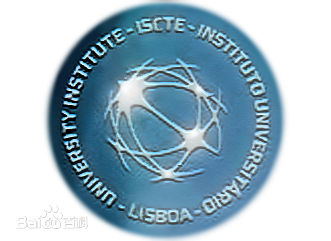
Universidade da Beira Interior
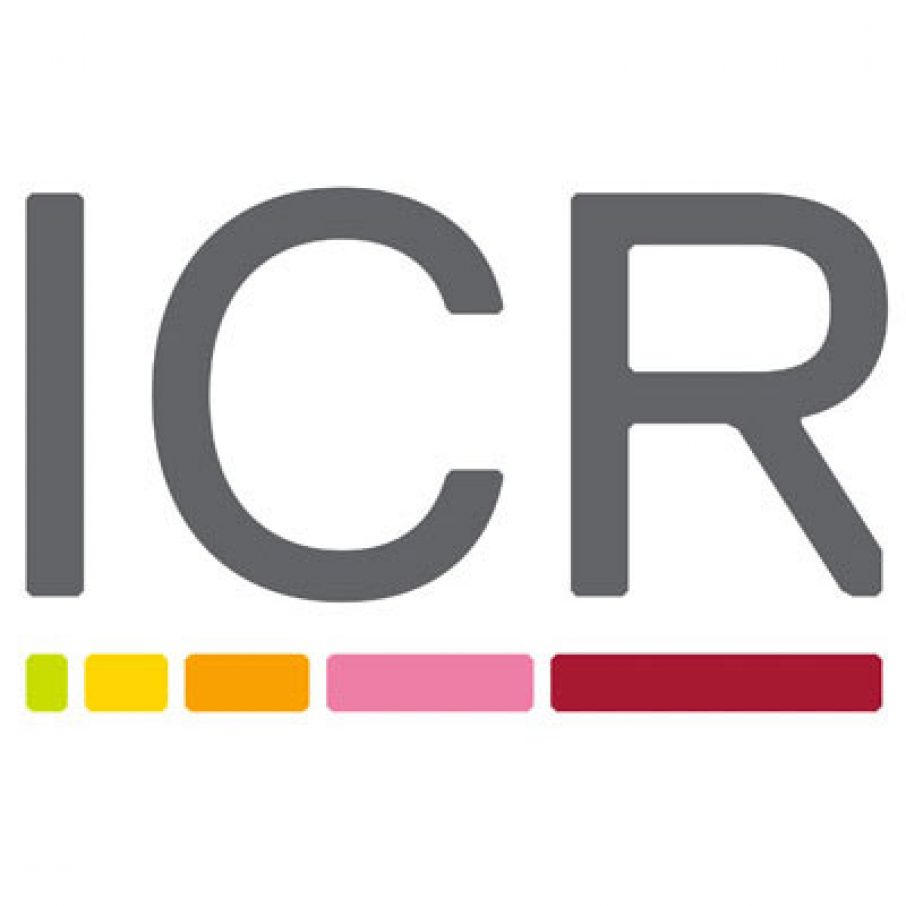
The Institute of Cancer Research

Heidelberg University

University of Amsterdam

University of Auckland

TsingHua University
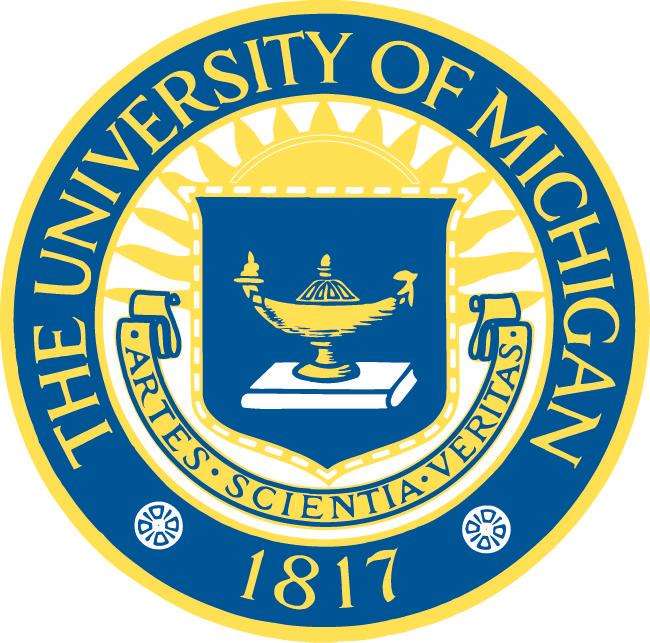
The University of Michigan
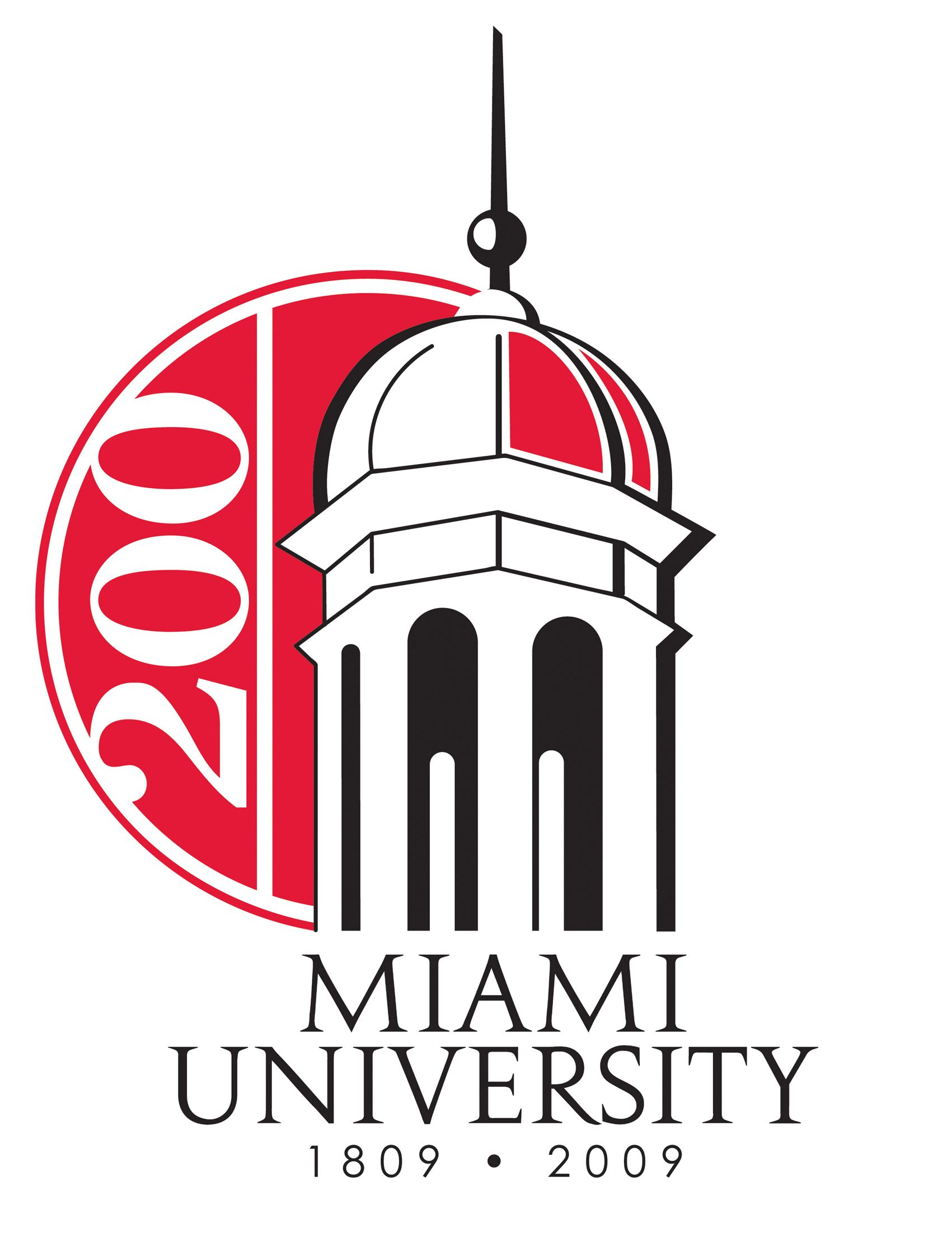
Miami University
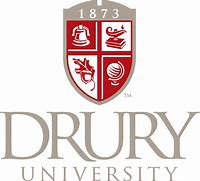
DRURY University
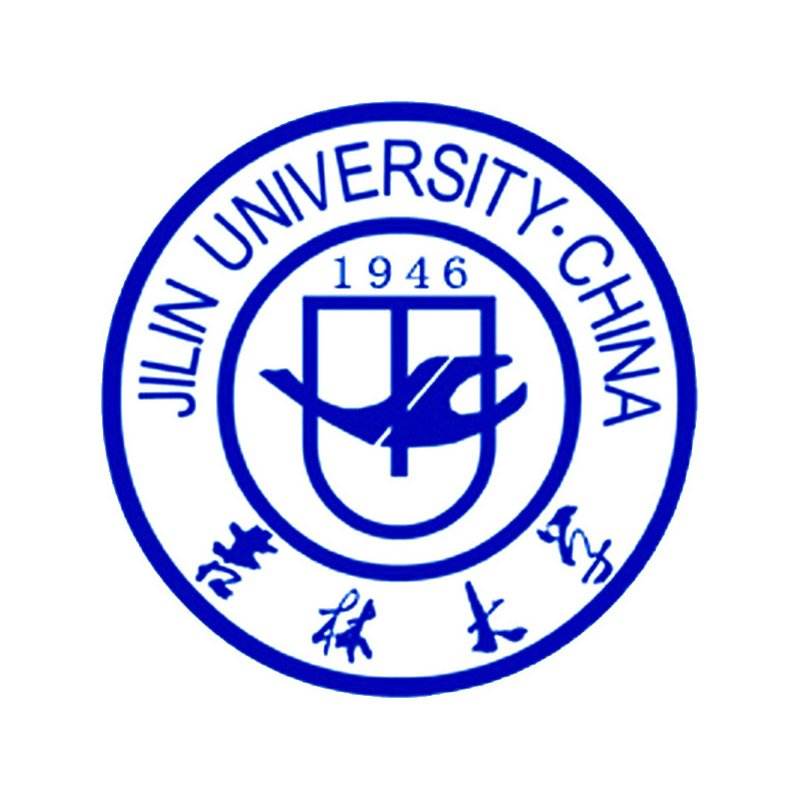
Jilin University

Fudan University
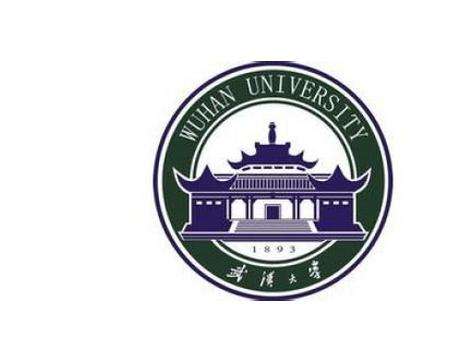
Wuhan University

Sun Yat-sen University
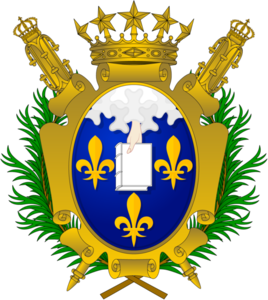
Universite de Paris

Deemed University

Auckland University
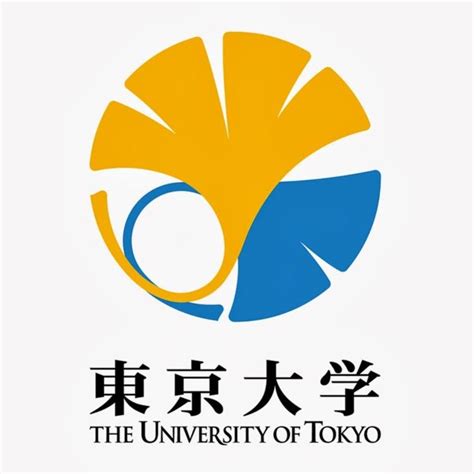
The University of Tokyo

Korea University
TG 100572 is VEGFR2/Src kinase inhibitor and anti-inflammatory agent.
- TRC 051384
Catalog No.:BCC7968
CAS No.:867164-40-7
- Linsitinib
Catalog No.:BCC3697
CAS No.:867160-71-2
- Colivelin
Catalog No.:BCC7821
CAS No.:867021-83-8
- Tropanyl 3-hydroxy-4-methoxycinnamate
Catalog No.:BCN1325
CAS No.:86702-58-1
- Magnoshinin
Catalog No.:BCC8205
CAS No.:86702-02-5
- ROCK inhibitor
Catalog No.:BCC1905
CAS No.:867017-68-3
- (S)-Methylisothiourea sulfate
Catalog No.:BCC6791
CAS No.:867-44-7
- (R)-(+)-2-Amino-3-methyl-1,1-diphenyl-1-butanol
Catalog No.:BCC8394
CAS No.:86695-06-9
- ARL 17477 dihydrochloride
Catalog No.:BCC7647
CAS No.:866914-87-6
- BINA
Catalog No.:BCC7849
CAS No.:866823-73-6
- (1S)-4,5-Dimethoxy-1-[(methylamino)methyl]benzocyclobutane hydrochloride
Catalog No.:BCC8383
CAS No.:866783-13-3
- Yuexiandajisu E
Catalog No.:BCN3775
CAS No.:866556-16-3
- TG 100801
Catalog No.:BCC1996
CAS No.:867331-82-6
- TG 100572
Catalog No.:BCC1994
CAS No.:867334-05-2
- Astrasieversianin VII
Catalog No.:BCN2788
CAS No.:86764-11-6
- CRF (human, rat)
Catalog No.:BCC5710
CAS No.:86784-80-7
- H-Cys-OEt.HCl
Catalog No.:BCC2904
CAS No.:868-59-7
- Carasiphenol C
Catalog No.:BCN8251
CAS No.:868168-04-1
- SID 7969543
Catalog No.:BCC6026
CAS No.:868224-64-0
- Pam2CSK4
Catalog No.:BCC6247
CAS No.:868247-72-7
- LY 2365109 hydrochloride
Catalog No.:BCC7677
CAS No.:868265-28-5
- Org 27569
Catalog No.:BCC4411
CAS No.:868273-06-7
- Rhodiolin
Catalog No.:BCC8356
CAS No.:86831-53-0
- Rhodiosin; Herbacetin-7-O-glucorhamnoside
Catalog No.:BCN8478
CAS No.:86831-54-1
[TG-FTIR analysis of thermal degradation of bischofite's crystals with aniline hydrochloride].[Pubmed:21942016]
Guang Pu Xue Yu Guang Pu Fen Xi. 2011 Jul;31(7):1747-51.
The dehydration of bischofite is the key to the use of magnesium resource. Double salts or complex method is an important way to prepare anhydrous magnesium chloride. The crystals of bischofite and aniline hydrochloride were prepared through lowering the temperature of the mixture's aquatic solution slowly. The pyrolysis of aniline hydrochloride, bischofite and the crystals was qualitatively analyzed by TG-FTIR under 400 degrees C. We infered the reaction process through qualitative detection of escaping gas of each decomposition step. The Experimental results showed that there were three steps in the thermal decomposition of bischofite. In the first step, nearly four crystallized waters decomposed, while hydrolysis and decomposition took place together in the next two steps, but hydrolysis was the main reaction at the lower temperature (205-235 degrees C), and comparative decomposition was the main one at the higher temperature (235-287 degrees C). In the experimental temperature range, aniline hydrochloride didn't decompose. Water and aniline hydrochloride left the crystals at different temperature, and no hydrolysis reaction occurred. Anhydrous magnesium chloride can be prepared though this way.


